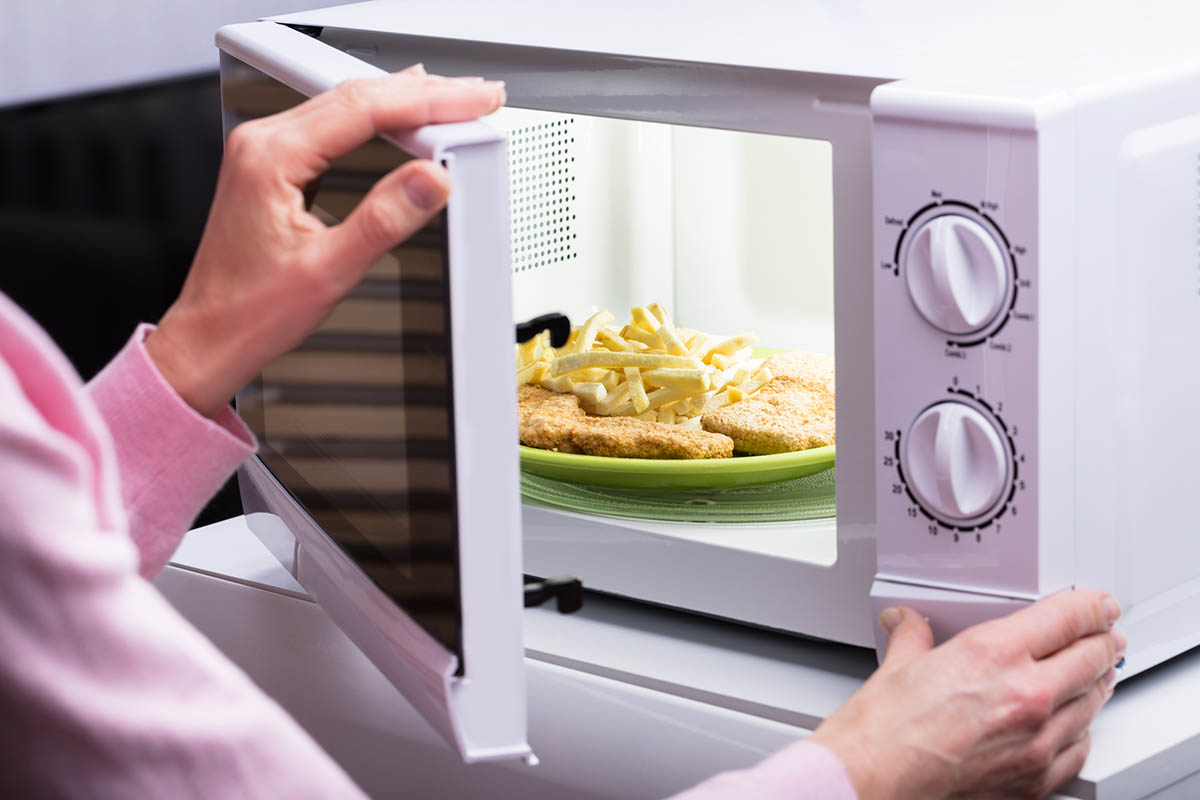Welcome back to TheKitchenApplianceDad.com, your go-to source for all things regarding kitchen appliances. Today, we’re tackling a common household problem that can disrupt your daily routine: a microwave that won’t heat. It’s a frustrating issue, but one that can often be solved with a bit of troubleshooting. Below, I’ll guide you through the various reasons your microwave might not be heating and provide practical steps to fix the issue.
Before you start tinkling with your microwave, it’s essential to diagnose what might be causing the issue. Understanding why your microwave isn’t heating can save you time and potentially unnecessary repair costs.
1. Power Supply: Ensure that your microwave is properly plugged in and that the outlet is functioning. You can test the outlet by plugging in another appliance to see if it works.
2. Door Closure: Microwaves have safety switches that prevent them from operating if the door is not closed properly. Make sure the door is firmly shut and listen for the latch to click.
3. Settings and Timer: Double-check that you have set the cooking time correctly and that you haven’t accidentally activated any specific modes (like ‘child lock’ or ‘demo mode’) that might prevent the microwave from heating.

The magnetron is the component that generates the microwave’s heat. If it fails, the microwave won’t heat even though it turns on and runs its cycle. Unfortunately, if your magnetron has burned out or is defective, it will need replacement—a job for a professional.
The high voltage diode works with the magnetron to heat the food. If this component is burnt out or malfunctioning, it can lead to heating issues. Testing the diode involves using an electrical multimeter. If you’re not comfortable doing this yourself, it’s best to call a technician.
The door switch signals the microwave to start operating when the door is closed. If this switch is faulty, the microwave might not start heating. You can check the continuity of the door switch with a multimeter. Replace the switch if it shows no continuity.
Many microwaves have a thermal fuse or a cutout that trips if the microwave overheats. If this component is tripped or blown, it will prevent your microwave from heating. Checking and replacing the thermal fuse requires some technical skills, so you might need professional help.
The control board is like the brain of the microwave. If it’s faulty, it could stop sending voltage to the magnetron, preventing the appliance from heating. Fixing a control board can be complex and is generally done by professionals.
Now that we’ve identified potential reasons why your microwave isn’t heating, let’s walk through some troubleshooting steps you can try:
Remember, while DIY repairs can be satisfying and cost-effective, they can also berisky if you’re not sure what you’re doing. Always prioritize safety and, when in doubt, consult a professional. At TheKitchenApplianceDad.com, we are committed to helping you maintain and maximize the efficiency of your kitchen appliances. Happy troubleshooting, and may your microwave be back to heating your meals smoothly in no time!

